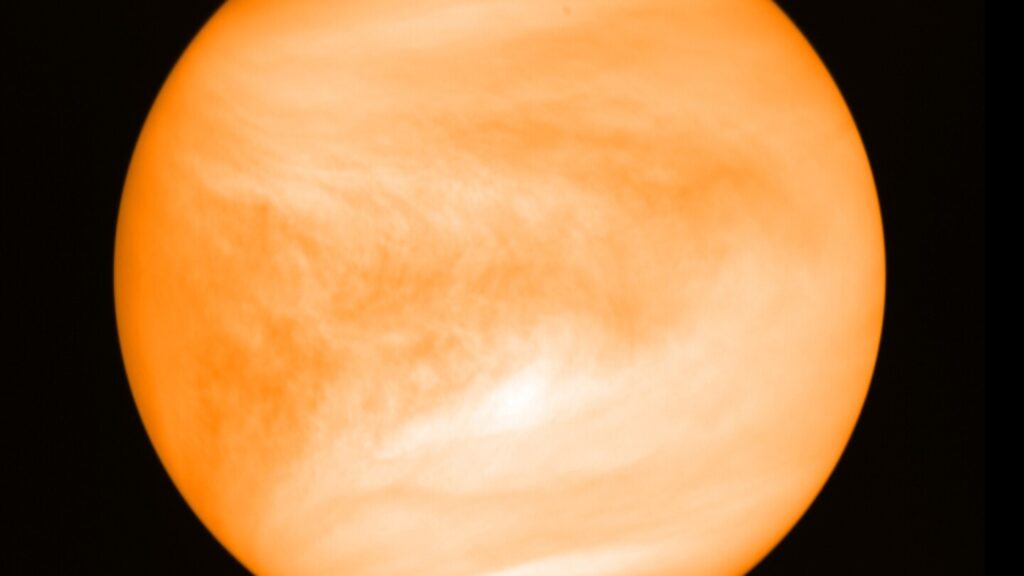CAPE CANAVERAL, Fla. (AP) — A Soviet-era spacecraft meant to land on Venus in the 1970s is expected to soon plunge uncontrolled back to Earth.
It’s too early to know where the half-ton mass of metal might come down or how much of it will survive reentry, according to space debris-tracking experts.
Dutch scientist Marco Langbroek predicts the failed spacecraft will reenter around May 10. He estimates it will come crashing in at 150 mph (242 kph), if it remains intact.
“While not without risk, we should not be too worried,” Langbroek said in an email.
The object is relatively small and, even if it doesn’t break apart, “the risk is similar to that of a random meteorite fall, several of which happen each year. You run a bigger risk of getting hit by lightning in your lifetime,” he said.
The chance of the spacecraft actually hitting someone or something is small, he added. “But it cannot be completely excluded.”
The Soviet Union launched the spacecraft known as Kosmos 482 in 1972, one of a series of Venus missions. But it never made it out of Earth orbit because of a rocket malfunction.
Most of it came tumbling down within a decade. But Langbroek and others believe the landing capsule itself — a spherical object about 3 feet (1 meter) in diameter — has been circling the world in a highly elliptical orbit for the past 53 years, gradually dropping in altitude.
It’s quite possible that the 1,000-pound-plus (nearly 500-kilogram) spacecraft will survive reentry. It was built to withstand a descent through the carbon dioxide-thick atmosphere of Venus, said Langbroek of Delft University of Technology in the Netherlands.
Experts doubt the parachute system would work after so many years. The heat shield may also be compromised after so long in orbit.
It would be better if the heat shield fails, which would cause the spacecraft to burn up during its dive through the atmosphere, the Harvard-Smithsonian Center for Astrophysics’ Jonathan McDowell said in an email. But if the heat shield holds, “it’ll reenter intact and you have a half-ton metal object falling from the sky.”
The spacecraft could reenter anywhere between 51.7 degrees north and south latitude, or as far north as London and Edmonton in Alberta, Canada, almost all the way down to South America’s Cape Horn. But since most of the planet is water, “chances are good it will indeed end up in some ocean,” Langbroek said.
___
The Associated Press Health and Science Department receives support from the Howard Hughes Medical Institute’s Science and Educational Media Group and the Robert Wood Johnson Foundation. The AP is solely responsible for all content.
Read the full article here


